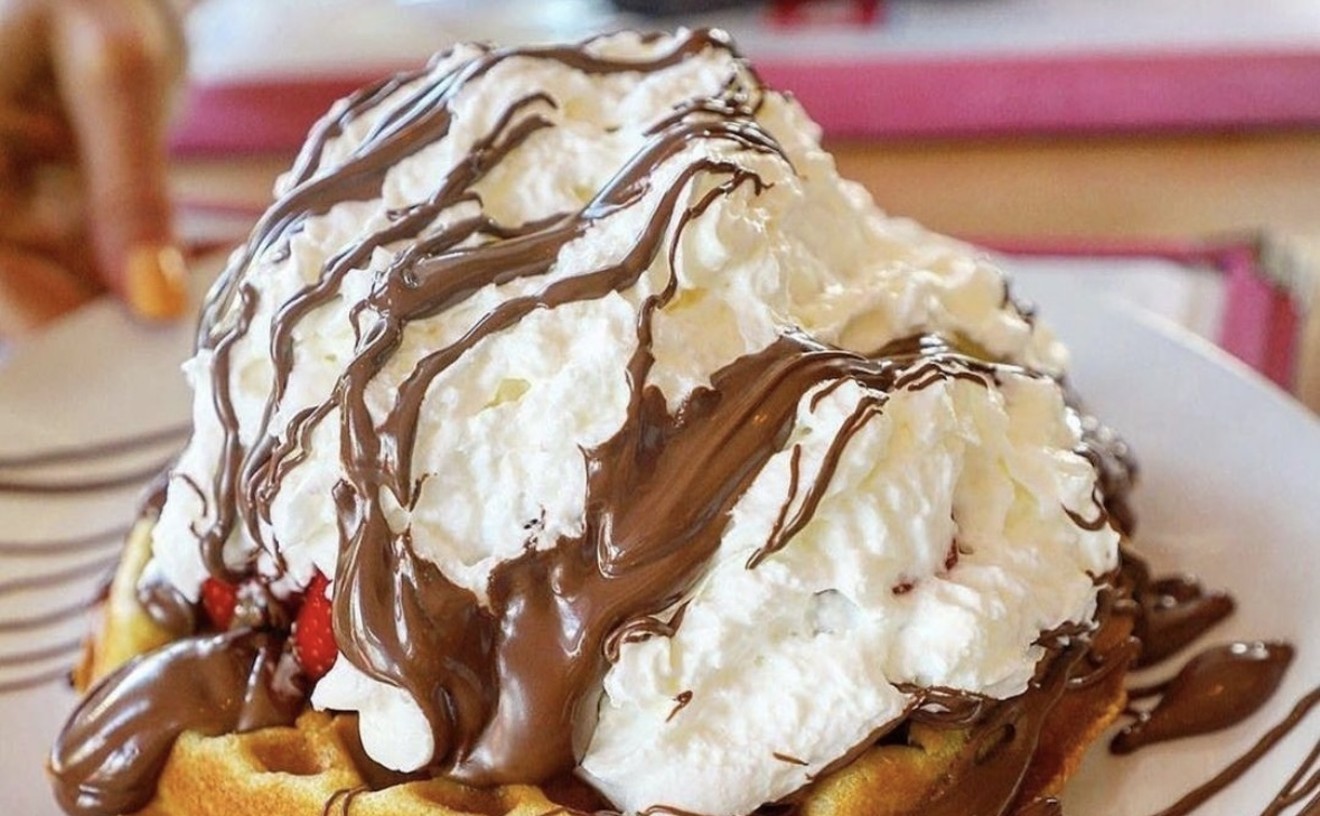You might recall a while back we interviewed Chef Christopher Cramer at Panorama about Peruvian cuisine and, for an Irishman, he did seem to know a lot about it. But this time we wanted to chat with the genuine article, Lima-born Javier Angeles-Beron. Don't let his white collared shirt with "Manager" embroidered on the breast fool you: Angeles-Beron is director of culinary operations for El Gran Inka restaurants, now numbering 15 locations in the United States, Costa Rica, Guatemala, Chile, and El Salvador.
Though the company is based in Costa Rica, you can typically find Angeles-Beron at any of the three Miami locations most often: Brickell, Aventura, and Key Biscayne. We sat down over a bowl of ceviche to chat.
New Times: What were you doing before landing here?
Javier Angeles-Beron: My last job before Inka was working at Zuma in London. I was the sous chef. Before that I was in Washington, D.C. for seven years working for Latin Concepts. It's the biggest Latin food restaurant [chain] in D.C., with about 250 fine dining locations serving ceviche. That was 2004 to 2009.
That's a lot of ceviche!
D.C. is a very cultural city.
I don't think we even have close to that number of ceviche spots here in Miami. Why did you leave Peru?
I left Peru in 2001 to finish culinary training here in the U.S. I trained at L'acedmie de Cuisine in Maryland. It's French, but my program was original American cuisine. I had already graduated in hospitality management in Peru.
What made you get into the culinary field?
We always ate very well at home. I had always been in the kitchen since I was young guy. Before I was in the kitchen I did hotels. I worked for big companies in Peru like Senor Frog's.
You moved to Miami for this brand?
I was working here at Zuma.
Why did you leave Zuma?
Japanese is not my food. This was the first time I'm able to work with Peruvian cuisine.
What defines Peruvian cuisine?
It's a blend of cultures. When the Spanish colonized the Inca empire they found an existing cuisine. So the first step was mixing Spanish with Inca. Potatoes, peppers, spices, things they didn't have in Europe...limes...
The Peruvian population in mountainous regions, their major proteins were the guinea pig, llamas, and alpacas.
They ate those?
Yeah. Then the Spanish colonized the coast. They worked with a different soil so they could produce different vegetables. And then we have a huge influence of Chinese, Cantonese cuisine. At that point they created their own cuisine, called chifa: Chinese food made with Peruvian ingredients. For example, lomo saltado is the best example of the Chinese influence on Peruvian cuisine. The soy sauce, the quick technique of stir-frying the beef...
Have you ever eaten guinea pig?
Tastes just like rabbit.
Monday we'll cover Peruvian molecular cuisine, the stinkiest ingredient of all, and why many Peruvians pack in two pounds of protein during lunch.
Follow Short Order on Facebook and Twitter @Short_Order.










